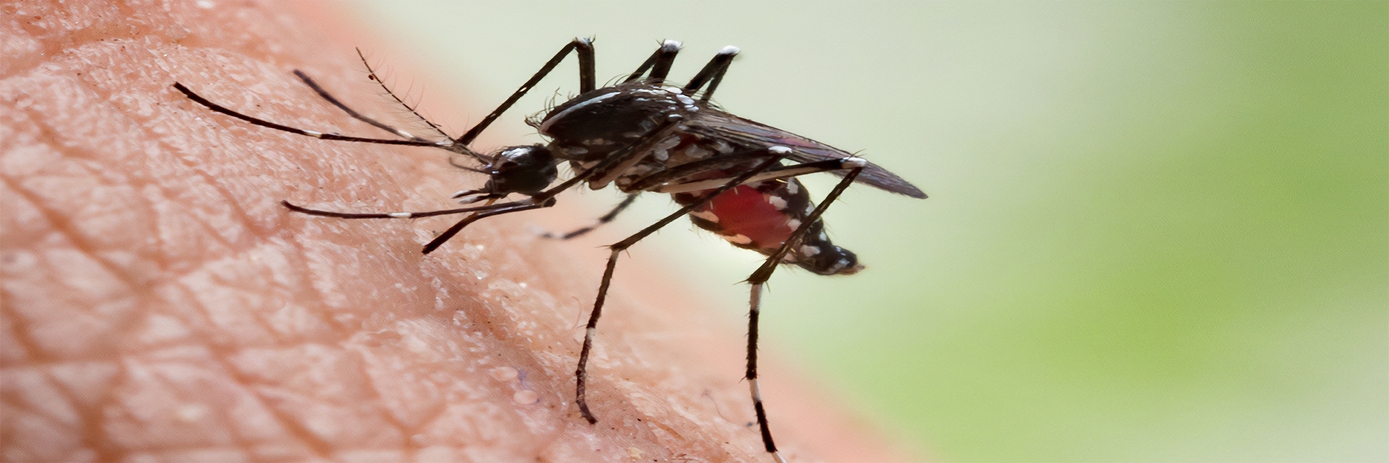Although the novel coronavirus is the subject of nearly every media story right now, several years ago it was the Zika virus (ZIKV) gathering a great deal of attention. Zika stems from the flavivirus family and is primarily transmitted via Aedes mosquitoes and sexual contact. Maternal Zika virus infection has the potential to result in tragic birth defects, including microcephaly, and the virus is also strongly associated with neurologic complications such as encephalitis, meningoencephalitis, and development of Guillain-Barre syndrome. There are currently no targeted therapeutics for its treatment, nor is there an existing vaccine. Here, we describe the novel use of high content imaging solutions (HCS) in a study to identify possible Zika virus inhibitors that could be translated into therapeutic form.
Characterizing virus behavior
Viruses are unable to replicate without a host. They lack the cellular “machinery” needed to effectively make copies of themselves. An emerging method of studying viruses is the use of high-content imaging solutions to visualize the molecular interactions between a virus and potential inhibitory compounds. Current imaging modalities can not only assist with quantifying the extent of viral infection, but also characterize virus behavior. A particularly valuable use of high-content imaging is assisting with visualization and confirmation of hypotheses regarding a virus’ mechanism of cell attachment and entry, as well as localizing its use of host cell machinery to certain organelles, and determining how the virus exits a cell once it has replicated.
High-content imaging was used in a recent study aiming to identify novel ZIKV inhibitors from a pool of 774 compounds. Using the isolated ZIKV MEX_I_7 strain, researchers got a head start on potential leads by interrogating a library of existing, FDA-approved drugs that can be used off-label for treatment of Zika. In all, 20 of the 774 compounds tested decreased ZIKV infection rates in an initial in-vitro screening assay. Compounds that were found to have inhibitory properties included those with established anti-viral activity, including bortezomib and mycophenolic acid, as well as those that had not been previously associated with antiviral properties, such as daptomycin. Some of the compounds identified are also those approved for use in pregnancy, which would offer an expanded demographic for any targeted therapeutic.
Quantifying the number of cells infected per well
During the study, microplates prepared with all of the compounds were subsequently infected with ZIKV. After 24 hours had passed, the infected cells were then fixed, stained to look for viral antigens, and analyzed. Analysis of the sample was performed on the Revvity Opera Phenix™ High Content Screening system and Harmony analytical software to visualize one field per well. Using this high-quality imaging platform, researchers quantified the number of cells infected per well, in addition to assessing the overall percentage of cells infected.
With more and more research teams choosing the superior quality of high-content imaging, it is rapidly becoming industry standard in drug development. It has proven to be a particularly useful modality for laboratory quantification purposes, with higher contrast capabilities allowing for improved visualization and phenotypic analysis compared to earlier imaging technology. When combined with advances in automaticity and molecular tagging, high content imaging can help guide pharmaceutical and virology researchers to possible targets for future pharmacologic interventions.
References:
- https://www.cell.com/cell-host-microbe/pdfExtended/S1931-3128(16)30303-1
- https://med.virginia.edu/advanced-microscopy-facility/equipment/operetta-high-content-imaging-system/
- https://www.ncbi.nlm.nih.gov/books/NBK100913/

































